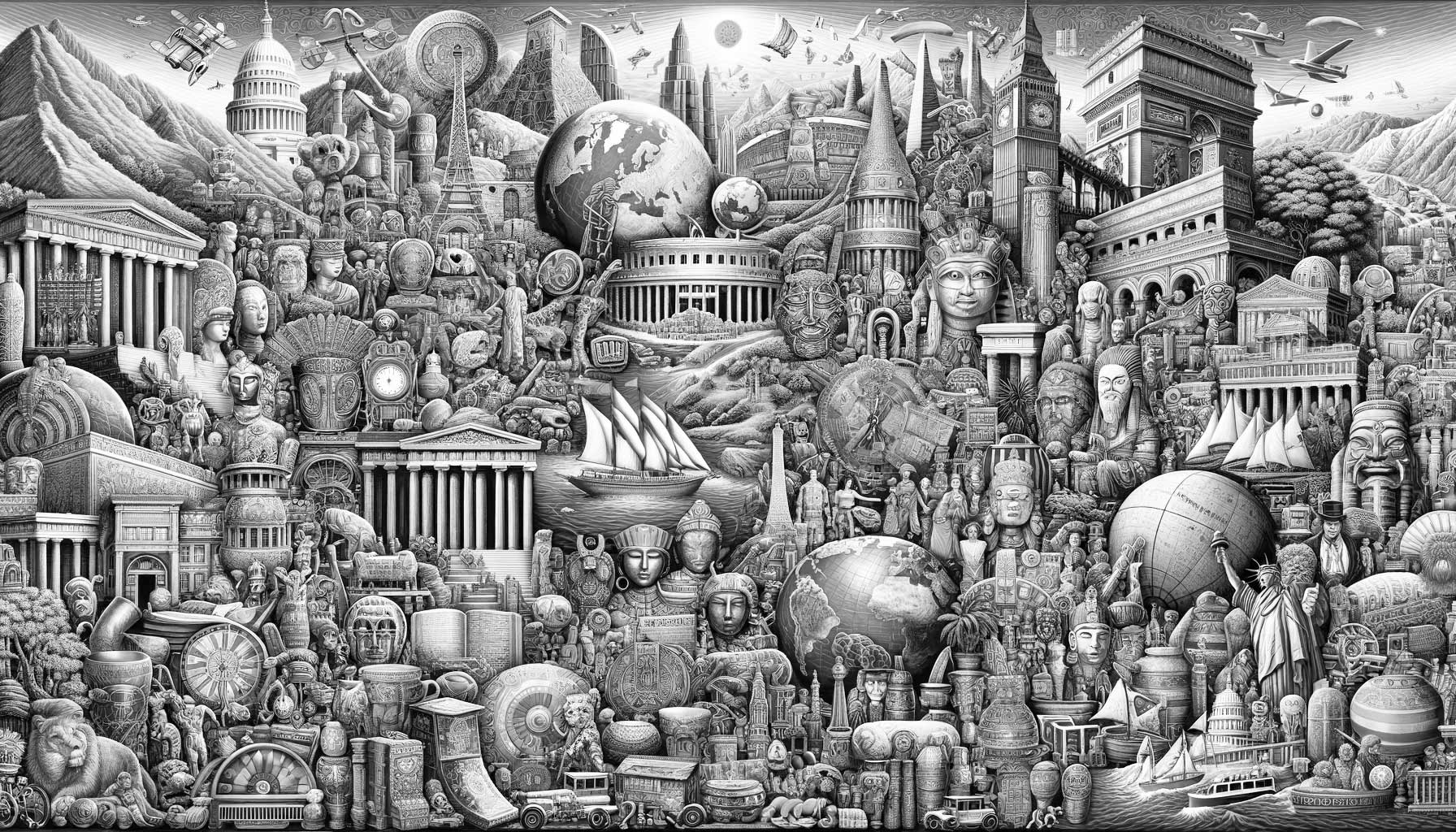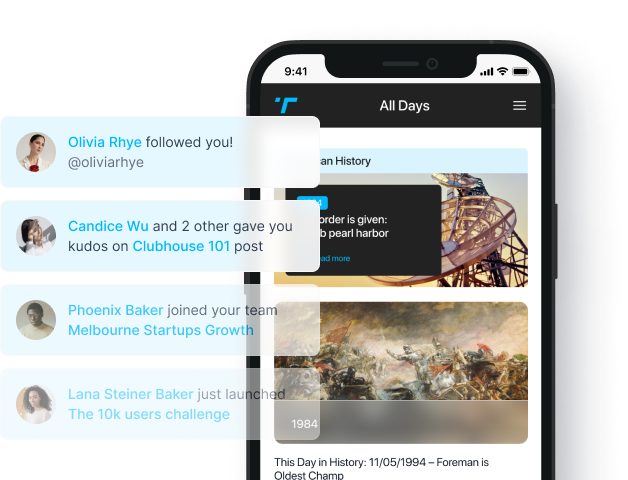Flashback to September 1
World History

1898
Philippine Declaration of Independence: General Emilio Aguinaldo declares the Philippines’ independence from Spain.
Read moreThe Philippine Declaration of Independence: General Emilio Aguinaldo Declares the Philippines’ Independence from Spain
The Philippine Declaration of Independence is a significant event in Philippine history that took place on June 12, 1898. On this day, General Emilio Aguinaldo, a revolutionary leader, proclaimed the independence of the Philippines from Spain. This event marked a pivotal moment in the country’s struggle for freedom and sovereignty.
Background: The Spanish Colonial Rule
Before the Philippine Declaration of Independence, the Philippines was under Spanish colonial rule for about 333 years. The Spanish regime brought about significant changes in the country’s social, cultural, and political landscape. However, as time went on, discontent and resistance against Spanish rule grew among Filipinos.
The Rise of Emilio Aguinaldo
Emilio Aguinaldo emerged as a prominent figure in the Philippine revolution against Spanish rule. As a young revolutionary leader, he played a crucial role in organizing and leading various uprising movements to fight for the country’s independence.
Aguinaldo’s Proclamation
On June 12, 1898, General Emilio Aguinaldo declared the Philippines’ independence from Spain in Kawit, Cavite. He raised the Philippine flag as a symbol of the country’s newfound freedom. This historic moment was witnessed by thousands of Filipinos who gathered to celebrate the long-awaited independence.
Significance of the Declaration
The Philippine Declaration of Independence holds great significance for the Filipino people. It marked the end of Spanish colonial rule and the beginning of a new era for the Philippines as an independent nation. This event ignited a sense of patriotism and unity among Filipinos, inspiring them to continue fighting for their rights and aspirations.
Legacy and Impact
The declaration of independence served as a catalyst for the Philippine Revolution, which eventually led to the establishment of the First Philippine Republic and the subsequent struggle for recognition from other countries. The act of declaring independence firmly planted the idea of sovereignty among Filipinos and gave them the courage to fight for their rights.
Recognition of Independence
While the Philippine Declaration of Independence proclaimed the country’s freedom from Spain, it took several years and international recognition for the sovereignty of the Philippines to be fully acknowledged. After the Spanish-American War, the United States of America acquired the Philippines from Spain under the Treaty of Paris in 1898. It took another two years of armed conflict, known as the Philippine-American War, before the United States recognized the Philippines as an independent nation in 1902.
Modern-day Commemoration
Today, June 12 is celebrated as Independence Day in the Philippines. It is a national holiday that is marked by various ceremonies, parades, and patriotic activities throughout the country. Filipinos take this opportunity to remember their history, honor their heroes, and reflect on the struggles and sacrifices that led to the country’s freedom.
the Philippine Declaration of Independence, proclaimed by General Emilio Aguinaldo on June 12, 1898, stands as a testament to the Filipino people’s relentless pursuit of freedom. This historic event serves as a reminder of the struggle against colonial oppression and instills a sense of national pride and unity among Filipinos to this day.
We strive for accuracy. If you see something that doesn't look right, click here to contact us!
Sponsored Content

USSR tests nuclear bombs…
On September 1, 1961,…

The Communist Labour Party…
Established on September 1,…

Ireland declares it will…
On September 1, 1939,…

Jacques Cartier French explorer,…
Renowned French explorer, Jacques…

the International Federation of…
Established on September 1,…

A joint American-French expedition…
On September 1, 1985,…

